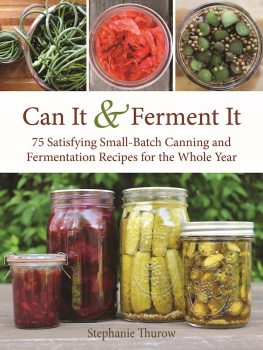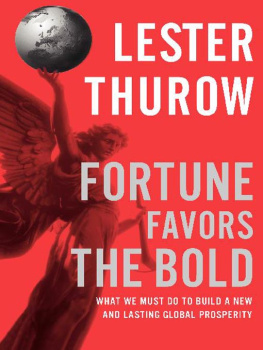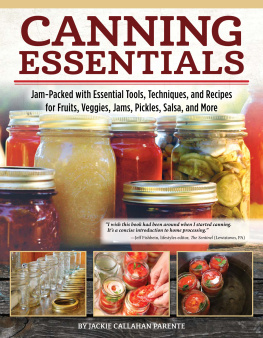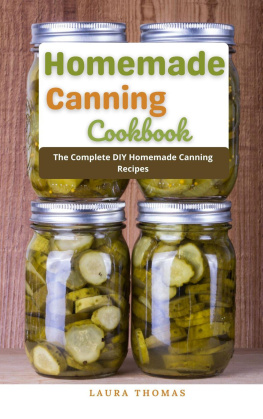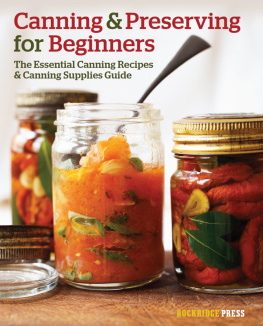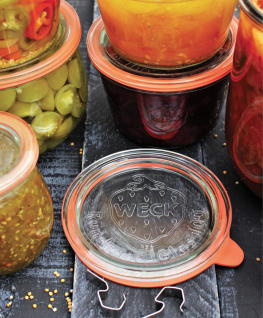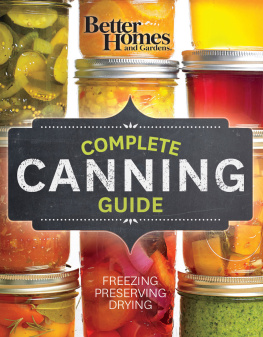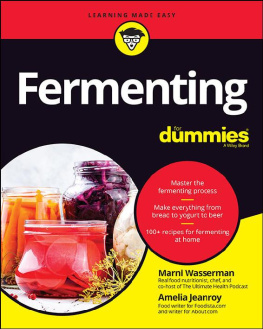
Copyright 2017 by Stephanie Thurow
Illustrations copyright 2017 by Rhonda Asher
All rights reserved. No part of this book may be reproduced in any manner without the express written consent of the publisher, except in the case of brief excerpts in critical reviews or articles. All inquiries should be addressed to Skyhorse Publishing, 307 West 36th Street, 11th Floor, New York, NY 10018.
Skyhorse Publishing books may be purchased in bulk at special discounts for sales promotion, corporate gifts, fund-raising, or educational purposes. Special editions can also be created to specifications. For details, contact the Special Sales Department, Skyhorse Publishing, 307 West 36th Street, 11th Floor, New York, NY 10018 or .
Skyhorse and Skyhorse Publishing are registered trademarks of Skyhorse Publishing, Inc., a Delaware corporation.
Visit our website at www.skyhorsepublishing.com.
10 9 8 7 6 5 4 3 2 1
Library of Congress Cataloging-in-Publication Data is available on file.
Cover design by Jane Sheppard
Cover photos by Stephanie Thurow
Print ISBN: 978-1-5107-1742-8
Ebook ISBN: 978-1-5107-1743-5
Printed in China
For Sophia
Always know that you can accomplish anything as long as you believe it.
All the strength you need lies within you.
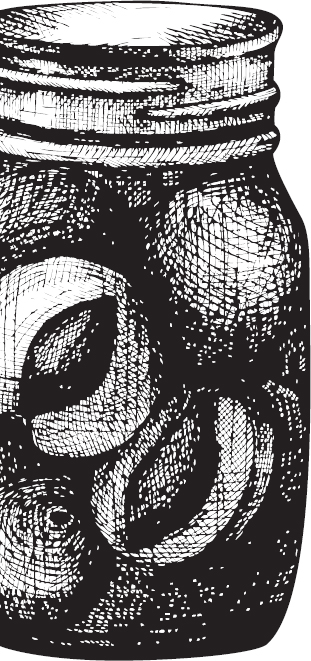
Contents


INTRODUCTION
....................
Back in the early 2000s, I thought canning would be a fitting craft to learn because I loved pickles and had been searching for the perfect one to pair with my favorite drink: a Bloody Mary. Though my great-grandmothers were big into canning and fermenting, unfortunately it wasnt something that got passed down through the generations. The only person I knew that canned at the time was my boyfriends (now husbands) aunt in Wisconsin, Mary. I asked Mary if shed teach me how to can, and she was more than willing to show me the ins and outs. We set a date to can together in the middle of July, because thats typically when pickling cucumbers are ready in the Midwest.
When the canning weekend finally arrived, I was excited yet nervous for what was in store. Mary had blocked out the entire day for us to can. She explained the importance of using only the freshest ingredients when canning, so we dashed off to our local farmers market at dawn on a beautiful summer morning. She had a brilliant technique for hauling around all the fresh produce without breaking our backs: use a baby stroller. Mary pulled a dual-seat stroller out of her van, tossed her purse in the underbelly carriage, and high-stepped it into the market. She knew exactly what she was looking for in this moment, and I envied her knowledge and could not wait to soak it up. She squeezed and sniffed produce, seeking out perfectly sized pickling cucumbers (3 inches or smaller, FYI), dill, and onions. When we got back to her house, she explained that wed have to start by cleaning each of the small pickling cucumbers. Next thing I knew, she rolled out a vintage Wringer Washer from the garage and filled it up with hose water. She tossed a towel in with the cucumbers and agitated the cukes, then drained the water out and refilled it again. She repeated this task until the water ran clear, and wouldnt you know it, those were the cleanest darned cucumbers Id ever seen. This woman is a genius , I thought to myself. We spent the rest of the day perspiring in the kitchen over hot pots of boiling water and brine. She taught me how to pack a pickle jar like nobodys business. To this day, I get compliments on my beautifully packed pickle jars, and I always reply, I learned from the best!
I cant remember how many jars of pickles we made that day; too many to count. I know I still had jars on my shelves two years later (and I am a pickle eating machine, so that says a lot). I continued to can with Mary for years; she taught me how to make several different flavors of jam and pickled beets, as well. She cleaned the beets in the Wringer Washer, too! I loved the quality time wed spend talking about things I would have never otherwise known about her. It was a very special bonding time that Ill always hold dear. Thats why when I had my daughter many years later, I knew that Id want to share this pantry craft and the art of fermentation with her. I hope that it will be a common ground for us now and through the years as we age. Thankfully, shes been a big help in the kitchen since she was one and continues to enjoy cooking with me and her father. Id love for her to one day pass the knowledge of canning and fermenting down to her children, as I see them as invaluable life skills.
Trying to explain the joy that I have during the process of canning and fermenting food is hard to verbalize, but Ill try: I like to create good-tasting food and share it with family and friends, and of course I love to eat it myself. It is fulfilling to plant seeds in the spring, tend to the garden with my daughter and husband all summer, harvest the gifts from the garden in the fall, and preserve them all year round. Tasting jam made in the spring in the heart of the winter is like taking a mind vacation. I also really like to know what ingredients are going into my food, and I find it ridiculously satisfying to spend an afternoon in the kitchen, stand back when everything is cleaned up, and gaze at my jars of food. I want to enjoy food without the addition of food dyes, artificial preservatives, or other harsh chemicals. After a decade of canning and fermenting, Ive learned that a lot of people in the canning and fermentation worlds tend to lean toward one side or the other. I like to can and ferment because both offer completely different flavors and benefits. Why cant we enjoy both? Thats why I was inspired to write a book about how to can and ferment the same fruits and vegetables, so you can enjoy the best of both worlds.
Throughout the process of developing recipes and writing this book, I learned a few things:
1. Canning and fermenting is even easier than I originally thought; so many recipes are similar to one another, they just have different variations of salt, water, sugar, vinegar, and seasonings.
2. A majority of the recipes in this book are for pickled vegetables. Though pickling with similar ingredients, each veggie offers a completely different flavor.
3. I really like garlic, like really like it, and you must, too, if you are going to enjoy this book (or you can omit itbut what fun is that?).
I have had so many friends and friends of friends ask me to teach them to can, or they have expressed anxiety regarding fermenting food on their own. I understand that as a beginner it seems intimidating, but I am here to tell you that its easier than you think. Once you get the hang of it, youll wish you had started years ago. Each recipe has been tested and retested. Ive tried to write the recipes in this book in a very basic format to put you at ease. But trust me, if you mess up, its okay. We learn from our mistakes. Ive included a notes section on every recipe because I want you to use my recipes as a jumping-off point for future creations as you get more confident. If you make a change to a recipe, write it down and take note because chances are that a year later when you go to make the recipe again, you wont remember how you made it. If you dont like the finished product, take note of that too and consider options to tweaking it to your liking in the future.

